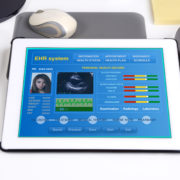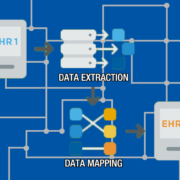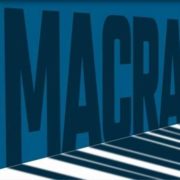What You Need to Know About Preventing an Audit at Your Practice
To say that electronic health records (EHRs) make the lives of both patients and providers easier is something of an understatement. According to one study, medical errors don’t just cost healthcare organizations a combined $19.5 billion per year and as much as $1 trillion when you account for lost productivity, but they’re also the third leading cause of death in the United States – after only heart disease and cancer. Thanks largely due to the fact that they’re a great way to mitigate risk from both of these situations, EHR adoption has nearly doubled since 2008 – from 42 percent that year to an incredible 87 percent.
But all these benefits come at a cost and for many practices, that cost takes the form of an RAC audit at the worst possible time. Created as a part of the Medicare Modernization Act of 2003, RAC Audits are intended to identify and recover improper payments paid to healthcare providers under fee-for-service medical plans. Simply using electronic health records isn’t enough to avoid an audit – at least, not anymore. If you truly want to prevent an RAC audit at your practice, there are a few key things you should know.
Pay Careful Attention to E&M Coding
One of the most common triggers for an audit at many practices has to do with physicians who have a tendency to “over-code” for evaluation and management services relative to their peers. To help control this situation, proactively compare your E&M coding averages to the national benchmark using any one of a large number of resources that are available online.
Resist the Urge to Copy and Paste
Thanks to the many ways in which EHRs make the lives of healthcare providers easier, many professionals quickly begin to look for ways to extend those productivity benefits even further. This leads to many people copying and pasting documentation from one patient to another, which is something that you absolutely do not want to do.
To be clear, it is absolutely acceptable for you to use templates in your electronic health records. However, straight copying and pasting send very bad signals and it is an issue that RAC audits are actively trying to address moving forward. The Office of the Inspector General has actually stated that this issue will be given even greater attention over the next few years, so make sure that ALL documentation is as patient-specific as you can possibly get it.
Document Everything As Effectively As You Can
One of the keys to accurate coding involves making sure that you’re making the best decisions possible, which is why most experts recommend the SOAP approach to documentation. SOAP is an acronym that stands for “subjective, objective, assessment and plan.” This will not only help you create more accurate notes, but it will again go a long way towards creating the type of patient-specific documentation you need to avoid audits both now and in the future.
Along the same lines, always be sure to properly document (read: fully justify) any excess time that you’re spending with patients regardless of the circumstances. Excess time is one of the major reasons why an audit is triggered in the first place, so you’ll want to be absolutely careful in this regard. Legitimate reasons for excess time often include discussing things like test results, multiple treatment options or general patient education. All of this is acceptable and is often hugely important – but to avoid an audit, you’ll want to make sure that all of this is backed up with the right type of documentation techniques outlined above.











